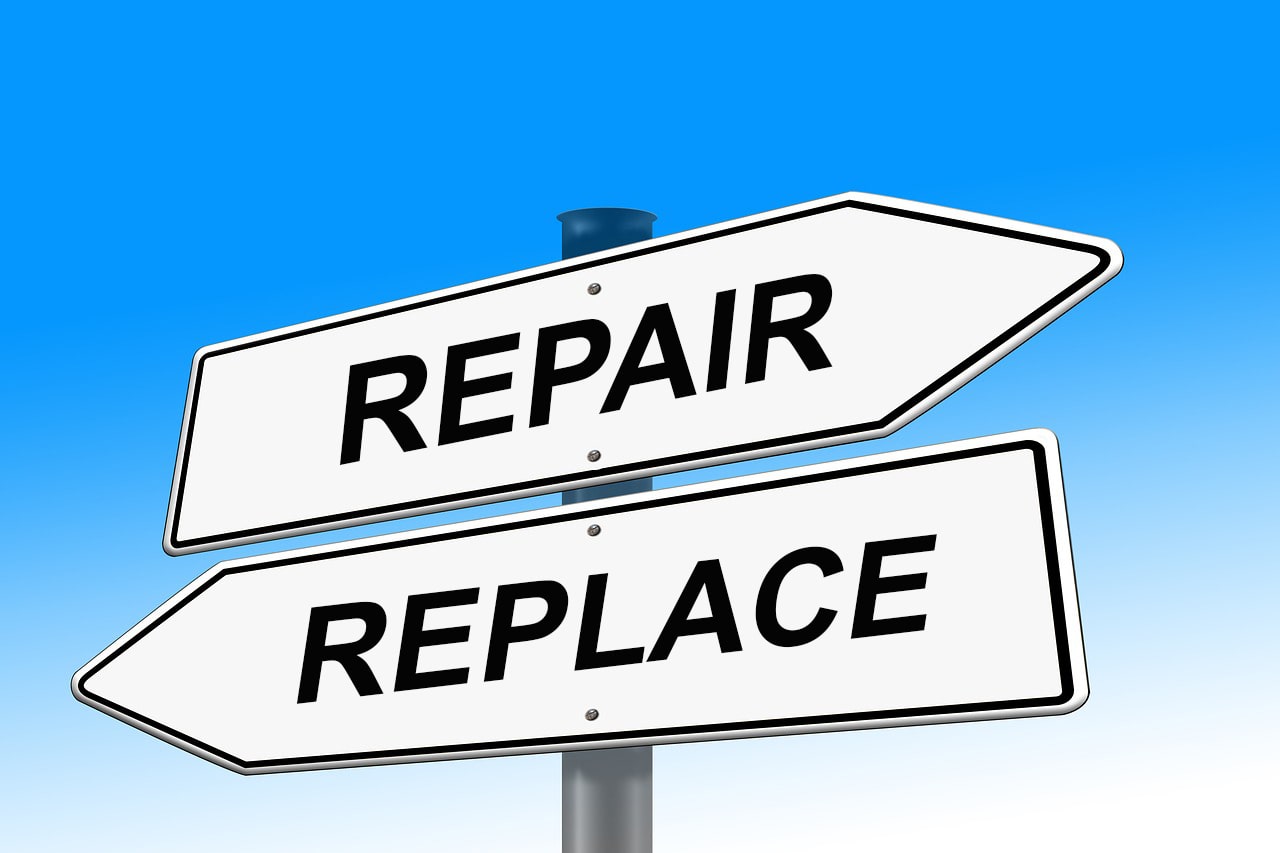Some problems with heating and cooling can be solved by making repairs to your furnace or air conditioning equipment. Others require full-scale replacement of the cranky systems. Sometimes the problem isn’t the furnace itself, but the insulation or ductwork.
Carefully assess the source of your heating woes to uncover the best solution for your Boston-area home this winter. Here are the common problems we cover:

Common Problem #1: Some rooms are always cold in the winter
We all have at least one room in the house which is significantly cooler than the rest. There are a host of reasons this might be, and some are easy to fix and some are not.
The first step to figuring out why some rooms are always cold is to think about your house’s layout and its existing HVAC system. Ask yourself these questions:
Are the cold rooms on the north or east-facing parts of the house?
Direct sunshine is one of the best heating sources we have, especially in the winter when we want our homes to be warmer.
The north-facing parts of your house get the least sun of all in the winter (because Boston is in the northern hemisphere). Right behind those cold north-facing rooms for sun-made warmth are your east-facing rooms. They might be a little warmer in the morning but by mid-day they’re cooling off and will stay that way until the next day.
Solution: since you can’t change the location of the room, these rooms are excellent candidates for a hybrid heating solution which makes use of ductless mini-splits.
Do the cold rooms have a lot of windows (or doors)?
Have you ever inflated a balloon and experimented with how slowly or quickly you can get the air to escape via the neck? Windows and doors (even ones you hardly ever open) are just like balloon necks — you can improve how much air stays inside by limiting airflow through weatherizing techniques like air sealing.
Some of these techniques are best used during construction or remodeling, but here are some things to consider if that’s where you are on your homeownership journey.
Easiest way to fix the problem: check for air leaks around your windows. You can look for cracks or holes near your windows, you can turn off the lights in your house and look for daylight coming through, or you can hold up your hand trying to feel drafts (best done on a cold day).
A less convenient but excellent way to fix the problem: replace your old single-pane windows with dual-pane, insulated windows. During installation, the contractor should use modern air-sealing techniques to make them even more efficient.
Another way to address cold rooms: check out what’s involved with mini-splits. These room-specific heating and cooling units work independently from your ducted HVAC system and there are rebates available from both Mass Save and tax credits from the federal government to help pay for the upgrade.
Are the cold rooms farthest away from where the furnace is located?
Assuming the coldest rooms aren’t also the ones on the north side of the house or the ones with a lot of old windows, diagnosing the specific reason why there isn’t enough warm air reaching your distant room means a trip into the attic to inspect the ductwork.
Sometimes duct repair is easy enough. We have duct tape for a reason — that stuff is handy! But sometimes ducting issues are because the ductwork is old and all new ductwork is the best way to get more heat into some rooms without heating up the rest of the house.
Replacing ductwork can get expensive depending on the size of your home and how many ducts you have.
A similarly-priced option (after rebates and tax credits) is to go ductless. A licensed HVAC installer like Home Mechanics can install an energy-efficient heat pump (outside) and a mini-split air handler (inside) for your cold room, allowing you to heat (and cool) that room as necessary throughout the year.

Common Problem #2: When it’s really cold out, the whole house never feels warm enough
The first steps to diagnosing this problem are the same as they are in the above situation: check the ductwork and check your insulation. These are two areas where your house is probably losing the most heat.
You probably also should check how well the attic is insulated from the rest of the house.
During the summer when attic heat collects, it “leaks” hot air downward into the house, forcing your HVAC system to work harder. But during the winter, warm air from inside your house “leaks” up into the attic!
By strengthening the insulation layer between the attic and the living areas of your home, you can shore up this aspect of inefficiency.
But fixing heat loss due to ductwork and insulation aren’t always the cheapest way to boost your existing system’s heat. Sometimes the easiest solution is installing ductless mini-splits which run on a heat pump (in addition to your furnace) to boost the temperature in the rooms where you need it most. We call this hybrid heating and it can be just the thing you need to make your home more comfortable.

Common Problem #3: The furnace is on the fritz
There are tell-tale signs your furnace needs attention and that the reason your house isn’t warm enough can be addressed by repairing or replacing it.
If your furnace is more than 15 years old, the advances in modern HVAC systems will probably make a replacement cheaper in the long run than repairs to your existing furnace.
- Your heating bills are going up. This could be a ductwork issue, or it could be that your furnace is failing. Energy inefficiency is a great sign that it’s time for a tune-up or an upgraded furnace.
- Your furnace comes on and switches off more or less frequently than usual. This could be your thermostat or the furnace, but typically indicates a malfunction in the system. Likely culprits of short cycles include the flame sensor, the burners, the ignitor, and clogged filters. Likely culprits of long cycles relate to the expensive heat exchanger (it can cost as much to replace as the whole furnace).
- Your furnace is blowing cold air instead of hot you might need a new motor. If some rooms get hot air and some rooms get cold air, there’s a duct problem that needs fixing.
- Your furnace is making noises (other than the sound of air blowing) while it’s running. Banging, whistling, clanking, rattling, popping, and squealing are all unusual noises which indicate you need to get someone out right away.
- If you have a gas furnace, your pilot light has turned yellow or is flickering instead of steady. Your pilot light should be blue. Yellow indicates a potential combustion issue or that there are pollutants present, like carbon monoxide.
- If your family is noticing more allergy-like symptoms, particularly during the winter, it’s a good sign there’s a clog in the blower fan (or maybe you just need to replace your air filters).
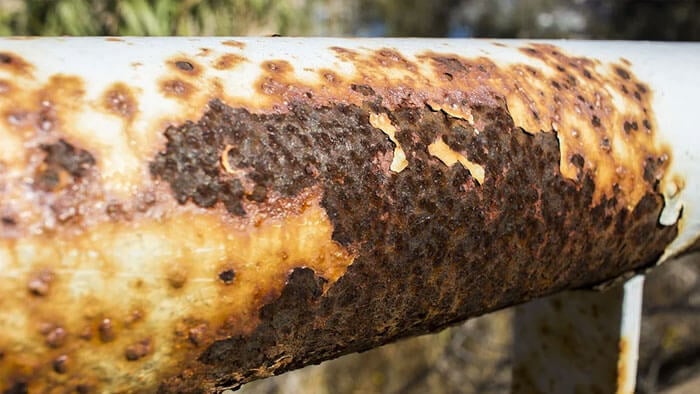
Common Problem #4: Humidity, Condensation, Salt Corrosion
Boston area residents near the shore have an additional set of furnace-related problems to consider. Salt air is murder on metal and extra humidity leads to leaks, condensation, mold, and mildew. These problems are all more common the closer you get to the ocean.
Only a visual inspection of your furnace can definitively confirm salt corrosion. If you see rust, pitting on metal components, or white or powdery deposits on the furnace or ductwork, odds are good you’re facing system-ending problems and a new furnace is in order.
Humidity and condensation can be observed both with our eyes and our noses. Mold and mildew definitely trigger alarm bells for both senses. These fungi thrive in humid environments and can appear on the furnace itself, inside ductwork, or in air vents. Anyone who has ever experienced these two menaces knows cleaning them up permanently is hard and it may be time for a new furnace.
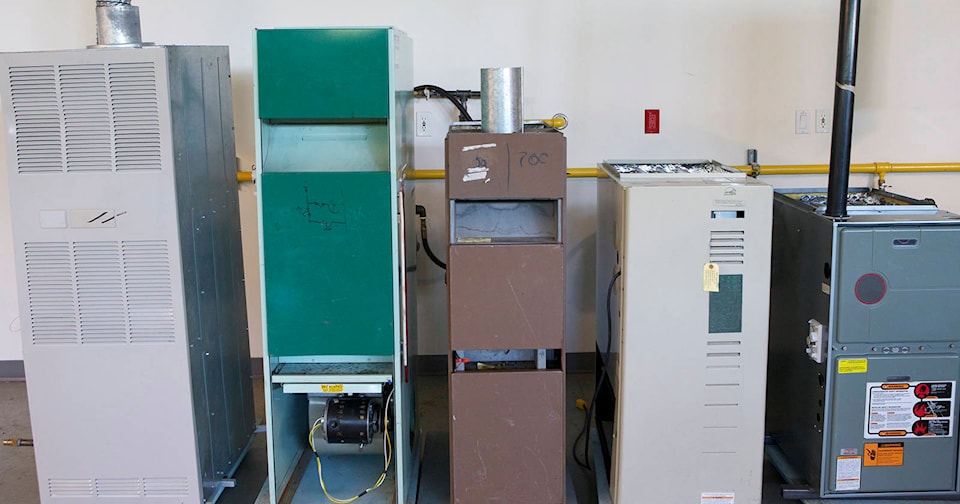
Other Problems Specific to Different Types of Furnaces
Boilers (Oil or Water)
A popular heating choice in the Boston area, boilers have specific problems known to these commonly-installed units:
- Scale Buildup: Hard water can lead to scale buildup inside the boiler, reducing efficiency and potentially causing damage.
- Fuel Filter Clogging: Oil filters can become clogged, restricting fuel flow and reducing efficiency.
- Nozzle Problems: Worn or clogged nozzles can affect the atomization of oil, leading to inefficient combustion.
- Oil Leaks: Leaks can occur in various components of the oil furnace, leading to safety concerns and potential damage.
- Sediment Accumulation: Over time, sediment can accumulate in the boiler, affecting its performance and lifespan.
- Pilot Light Issues: In older models, pilot light problems can cause ignition issues or prevent the boiler from heating properly.
- Pressure Switch Issues: Pressure switches can malfunction, preventing the boiler from operating correctly.
- Inefficient Combustion: Incomplete combustion can lead to reduced efficiency, carbon monoxide buildup, and safety concerns.
Replace an Old Boiler With…
New boiler. You already have the infrastructure in place to support a boiler, so switching to a gas or electric furnace won’t be an economical solution. The obvious solution for homes that combine heating and hot water systems via one boiler is to replace the existing boiler as switching to a different type of heating technology will necessitate installing a new water heater, too.
Ductless Heat Pumps. If you’re thinking of converting your old boiler-based heating system into something that uses a gas or conventional electric furnace, you’ll likely need to install ductwork. That gets expensive, but if you choose a heat pump instead, you can modernize your HVAC with ductless systems — which conveniently heat and cool with all of the same equipment.
Gas Furnaces
One of the most common furnace types anywhere in the US, not just in the Boston area, gas furnaces have their own set of issues which crop up, too:
- Soot Buildup: Incomplete combustion can lead to soot buildup, which can reduce efficiency and create safety concerns.
- Carbon Monoxide Buildup: Incomplete combustion can lead to carbon monoxide buildup, which can be dangerous.
Replace an Old Gas Furnace With…
A new gas furnace. Modern gas furnaces are meaningfully more efficient than their older counterparts. The main updates which contribute to safety and efficiency are: electronic ignition systems reduce the amount of gas required by pilot lights, condensing furnaces convert warm exhaust using a second heat exchanger, and like other newer furnaces, they’re often multi-stage and make use of variable speed burners.
Ductless Heat Pumps. In the last few years it has become more widely known that natural gas is a source of indoor air pollution which contributes to poorer health outcomes for residents who have this energy source.
When you’re cooking you can turn on the exhaust fan to reduce your exposure, but when it’s the dead of winter, you’re not going to crack a window for fresh air. It’s a good idea to switch to an electric option.
An even better idea is to switch to a super efficient technology (ductless mini-split heat pumps) which comes with a host of rebates and incentives from providers like Mass Save and the federal government. Discover the reasons heat pumps are going viral.
Electric
Electric furnaces aren’t as common in the Boston area as other types, but like each heating technology, they have their own drawbacks and systemic problems to consider:
- Power Outages: Boston can experience occasional power outages, especially during severe weather. This can lead to heating disruptions.
- High Energy Costs: Electric heating can be more expensive than gas or oil heating, especially during peak usage times. However, energy-efficient electric furnaces and time-of-use rate plans can help mitigate costs.
- Thermostat Issues: Malfunctioning thermostats can prevent the furnace from operating correctly, leading to inconsistent heating.
- Blower Motor Problems: The blower motor, responsible for circulating warm air, can wear out or malfunction. This can reduce heating efficiency or prevent the furnace from working altogether.
- Electrical Component Failures: Over time, electrical components within the furnace can fail, such as relays, switches, or capacitors. This can cause the furnace to malfunction or stop working.
- Airflow Restrictions: Clogged air filters or dirty ducts can restrict airflow, reducing heating efficiency and potentially damaging the furnace.
Replace an Electric Furnace With…
A heat pump. A heat pump will use significantly less energy, and you can still connect it to your existing ductwork. You may need to replace the air handler on your existing furnace since that’s part of the heat pump’s job.
Ductless mini-splits. Heat pumps are often associated with ductless mini-splits, allowing room by room temperature control year round. If your ductwork is old and in need of repair, you can bypass it altogether and go ductless.

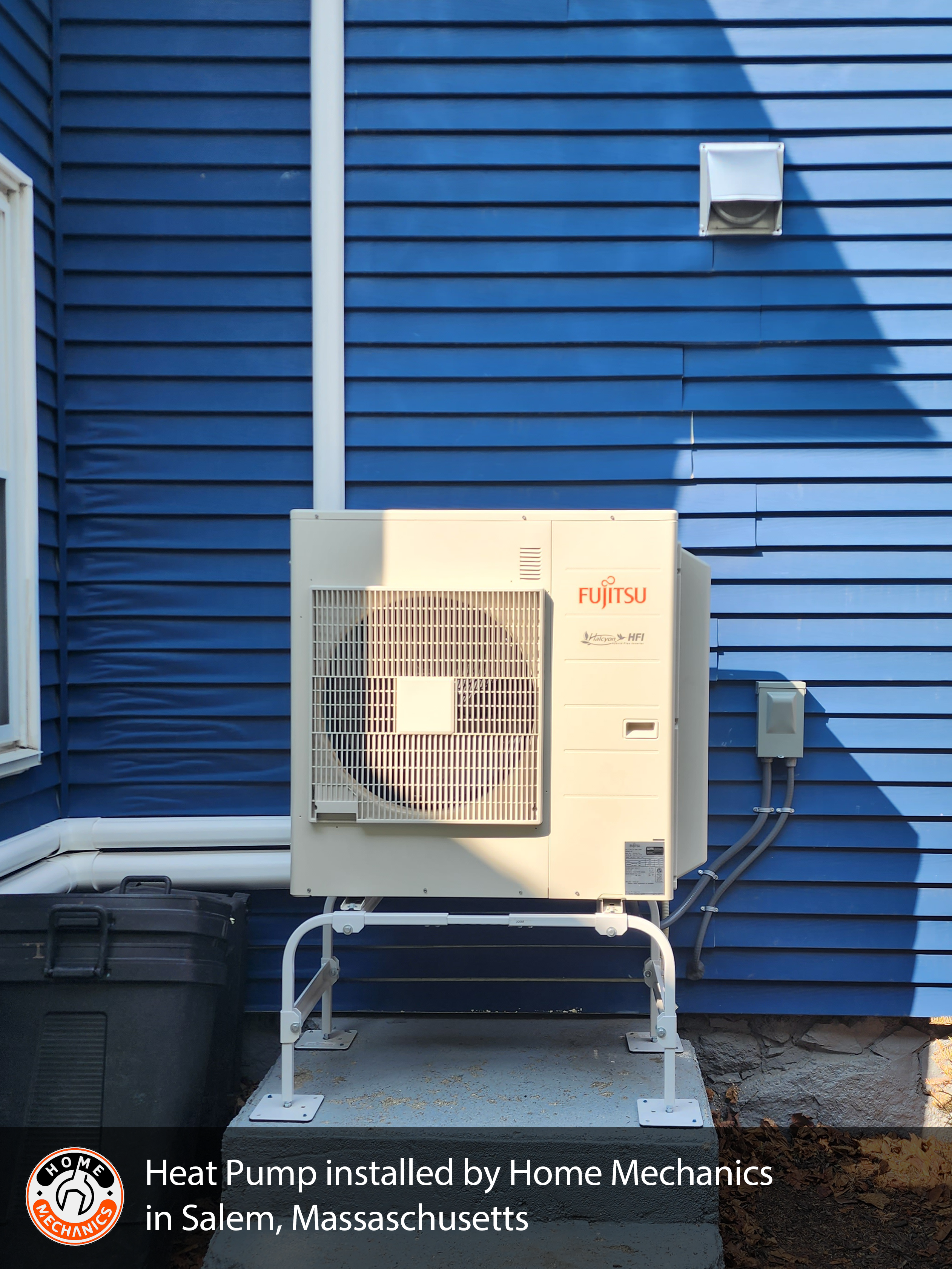
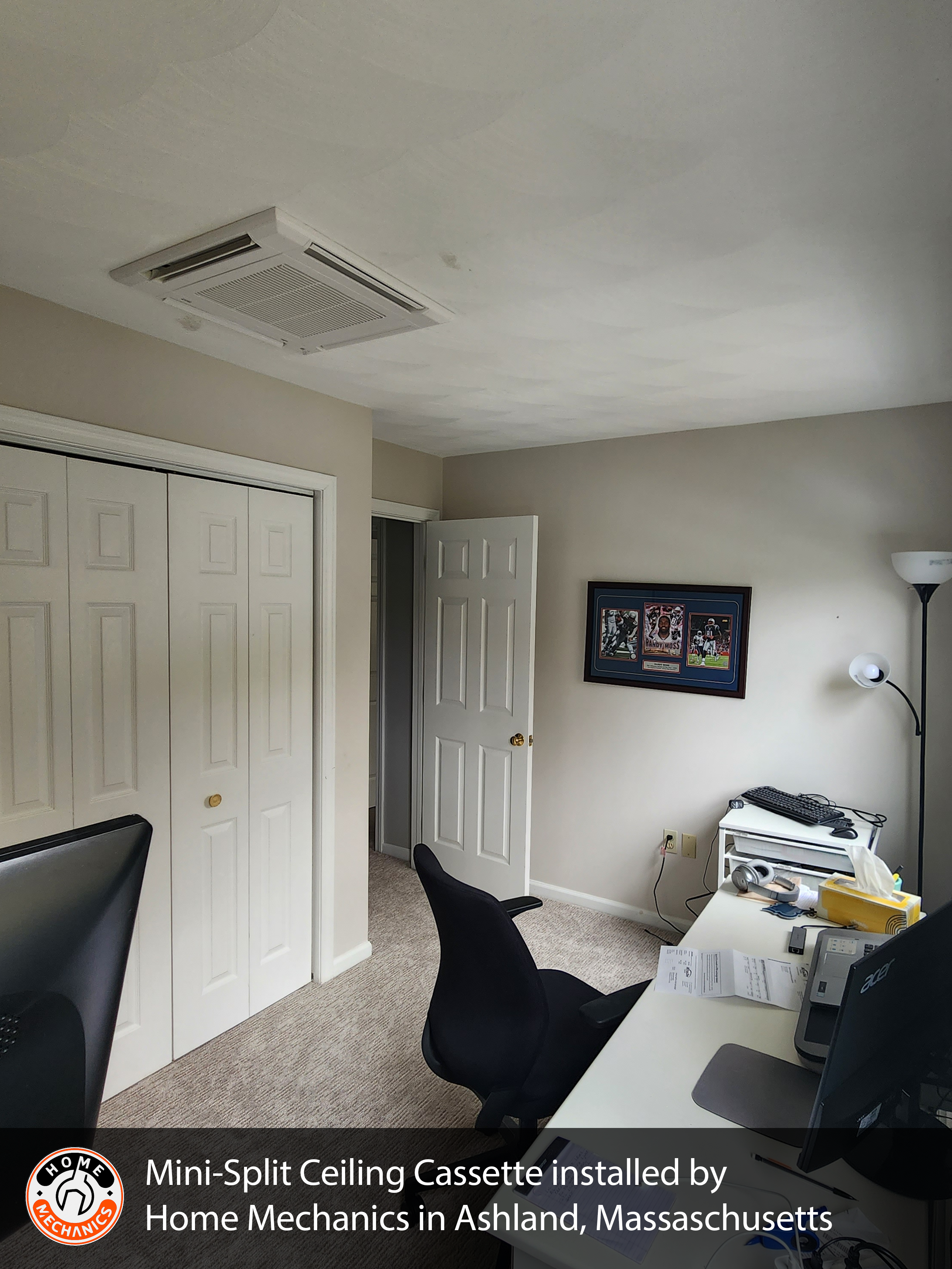
The Home Mechanics Experience
Quality workmanship: Every member of our team works hard to make sure each install goes according to plan.
“The whole process with Home Mechanics exceeded expectations. Installers were prompt, polite, clean, and did a great job. Communication with Carolyn from the the office was flawless. I almost went with another contractor but commumnication was poor, price was vague and higher, and I felt like they were selling me a car. Highly recommend Home Mechanics!!” — Bob Foley
“This was the easiest and honest company I ever dealt with . Matt bonagura was the best he came and gave my a quote. He was honest and upfront. After he gave me a quote he answered every phone call and answered every question I had. Noel is the owner he is upfront and honest also. Carolyn was great to deal with she was pleasant on every phone call. The crew that installed my unit was professional and there work was impeccable. From start to finish this company was the best company I ever dealt with... highly recommend AAAA+” — Tommy Henderson
Customer satisfaction: Our Google rating is 5 stars from more than 30 reviews provided by clients. Here’s one recent example:
“I was extremely pleased with this company. The customer service was able to answer all of my questions with clear explanations and made the process easier than I anticipated. The installation team was very professional and worked diligently through extreme weather conditions to finish my whole home project in a timely manner. I highly recommend them !” — Lisa Silva
Financing options: We’ll help you get the most out of Mass Save energy incentives and federal tax credits you may be eligible for.
“Home Mechanics installed mini-split heat pumps in my apartment. They were very professional in every way. Carolyn Cutting helped me apply for the incentives and answered any questions. I highly recommend this firm.” — Kathy Modigliani
“Great company to do business with. On time professional. All work was performed as expected and job site was left immaculate. Guided us thru the process of rebates and no interest loans with ease.” — Michael Swansey

Before you do anything, get a no-cost Home Energy Assessment courtesy of Mass Save. These approved home energy contractors will come out and identify all of the places your home is wasting energy.
They will introduce you to new ways of conserving energy at home — including ductless heat pumps and mini-splits — because Mass Save offers big rebates when you replace old school central AC with modern low-energy alternatives in Massachusetts.

